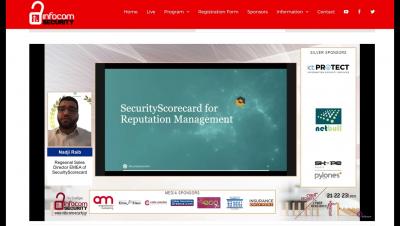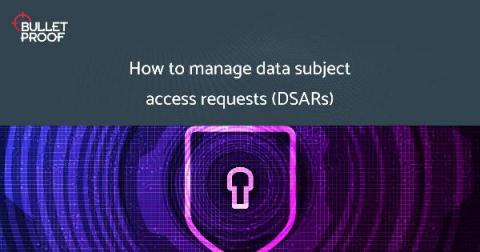Security | Threat Detection | Cyberattacks | DevSecOps | Compliance
Security
How a Microsoft Engineer Implemented Veracode for a Large Azure Project
With the need to produce innovative software faster than ever, and cyberattacks not slowing down, it’s no surprise that, for projects large and small, ensuring the security of your code at every step is key. But if software engineers want to meet these everyday demands with success, it’s important to understand how different security scanning types fit in throughout the development process, and how the needs of your team might impact scans.
Splunk and Zscaler Utilize Data and Zero Trust to Eradicate Threats
The past year has challenged us in unimaginable ways. We kept our distance for the greater good, while companies faced the daunting task of transforming their workforce from in-person to remote — practically overnight. This presented a unique challenge for cybersecurity teams. How would they ensure employees retained access to critical data in a secure way? Working in the cloud has made remote work easier for many organizations, but has also presented new risks.
The State of Incident Response
Kroll, Red Canary and VMware conducted a survey of over 400 information security and 100 legal and compliance leaders from companies with over $500M in annual revenue to capture the current state of incident response from a technical and legal perspective. Our goal was to highlight trends, identify common challenges and understand how organizations are maturing their preparedness, detection and response programs.
What are Cybersecurity Threats?
A cybersecurity threat is the threat of malicious attack by an individual or organization attempting to gain access to a network, to corrupt data or steal confidential information. No company is immune from cyber attacks and the data breaches that can result. Some cyberattacks can even destroy computer systems. As cyber threats become increasingly sophisticated, your business must implement the security needed to safeguard its data and networks.
The Winds of Change - What SolarWinds Teaches Us
In December 2020, the world discovered that the SolarWinds’ Orion Platform had been compromised by cybercriminals, potentially affecting thousands of businesses the world over. Security groups such as the National Cyber Security Centre (NCSC) provided advice and guidance to security teams and IT companies on what actions they should take to minimize the impact on them and their customers.
Continuous Cyber Monitoring and Rating with SecurityScorecard
Lessons learned from building an inventory of systems
Many frameworks, standards, and regulations require organizations to have an IT Asset Management program in place. However, the understanding of what separates a mature Information System Inventory (ISI) from an IT Asset Inventory and the benefits realized from an ISI are generally less well understood. Naturally this may lead to a higher likelihood of deprioritizing an ISI in favor of what are viewed as more pressing security needs. Figure 1.
How to manage data subject access requests (DSARs)
In a nutshell, a data subject access request – or DSAR for short – is when someone asks a organisation for a copy of all personal data they hold about them, and then that organisation provides it in a clear and structured way. In addition to the data itself, DSARs allow a data subject (like you or me) to find out things like what the organisation is doing with the data, who they’re sharing it with, how long its held on to for, where they got it from, and so on.
Web Application Penetration Testing Checklist that You Need to Know About
Adaptation of large-scale web applications at a wider level in several multi-faced industry verticals like healthcare, banking, intelligence services and others has exposed them to massive data breaches. Despite increasing awareness about security, complex threat vectors continue to put organizations across the globe under attack.











